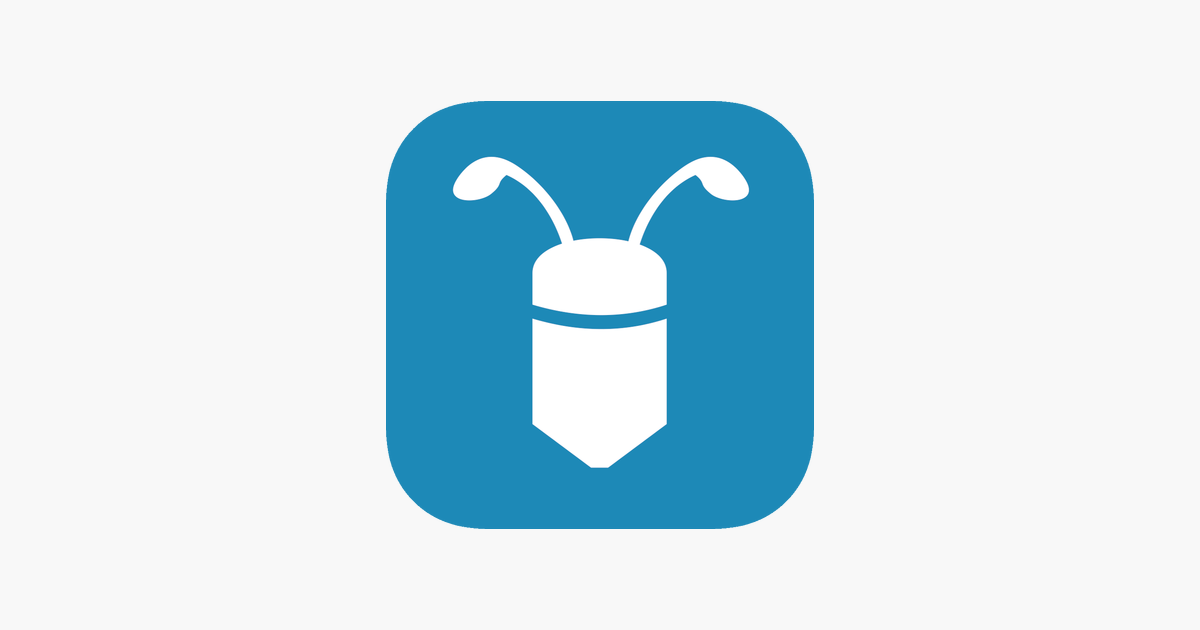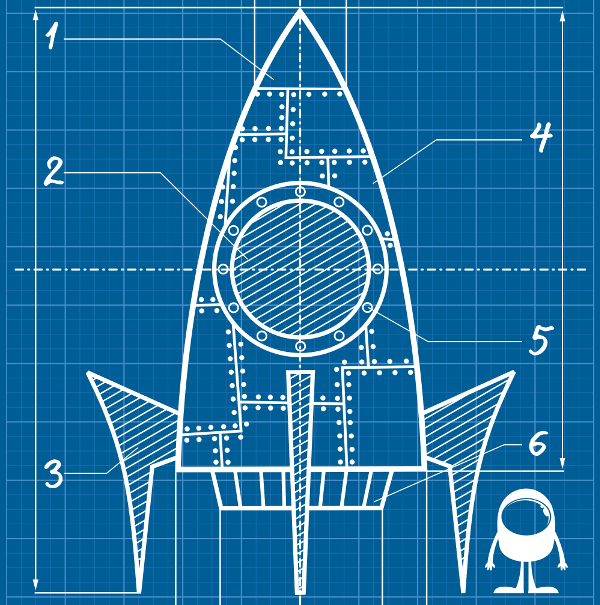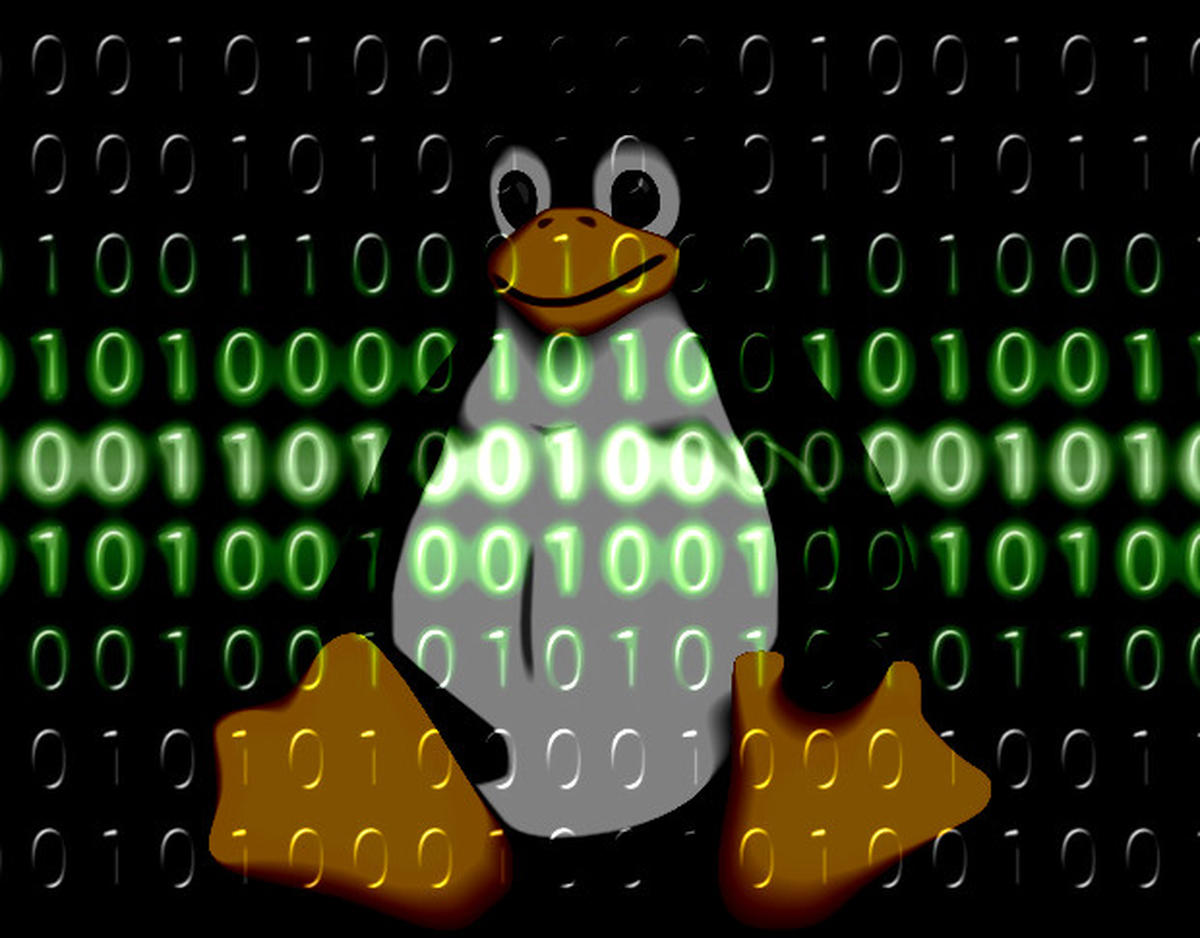
DOS (Disk Operating System) is a single-tasking, single-user command-line operating system. Microsoft created the original version in 1981 for IBM and was called PC-DOS. Microsoft then ported and sold the system to IBM-PC compatible computers manufactured by others than IBM under the name of the Microsoft Disk Operating System (MS-DOS). This version was the most popular OS at the time. In...








